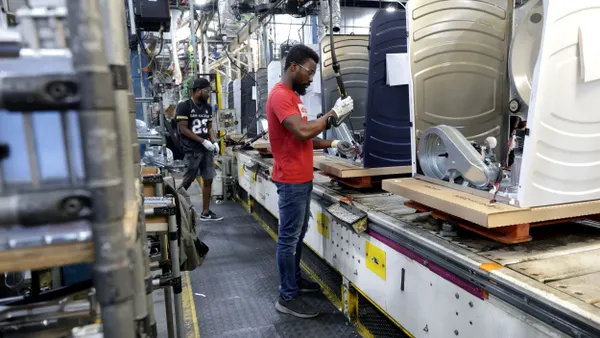Dive Brief:
- According to Randstad Sourceright's 2016 Talent Trends Report, 85% of respondents believe an integrated talent management approach – in which workforce planning encompasses both permanent and contingent talent sources – will help businesses drive growth.
- In addition, the online survey of 400 HR, talent and business leaders from more than 60 countries found that use of talent and workforce analytics continues to increase, with 73% using data to create more efficient workforce planning, 63% for more accurate mapping and addressing of skills gaps, and 56% to clearly identify high-potential employees for development.
- Finally, when asked about the biggest trends impacting the future of work in the next 5 to 10 years, the top responses were the need to create greater flexible working options (85%), the ability to analyze employee data of both internal and external candidates to source and retain talent (78%) and the challenge of keeping pace with evolving technology to improve workplace performance (74%).
Dive Insight:
The survey uncovered that the most challenging issue of today is a lack of critical talent and its impact on the business and a company's leadership and succession pipeline. Other repercussions of skills shortages include increased spending on talent acquisition, growing frustration among hiring managers and disappointed leaders who want to know why business plans aren't moving forward.
Each year brings new challenges and opportunities that disrupt the status quo, and 2016 will be no different, Rebecca Henderson, of Randstad Sourceright, said.












